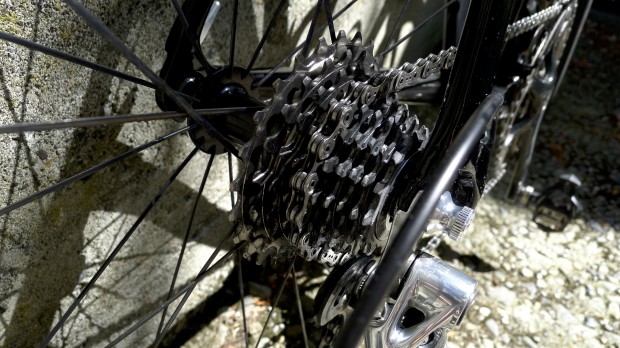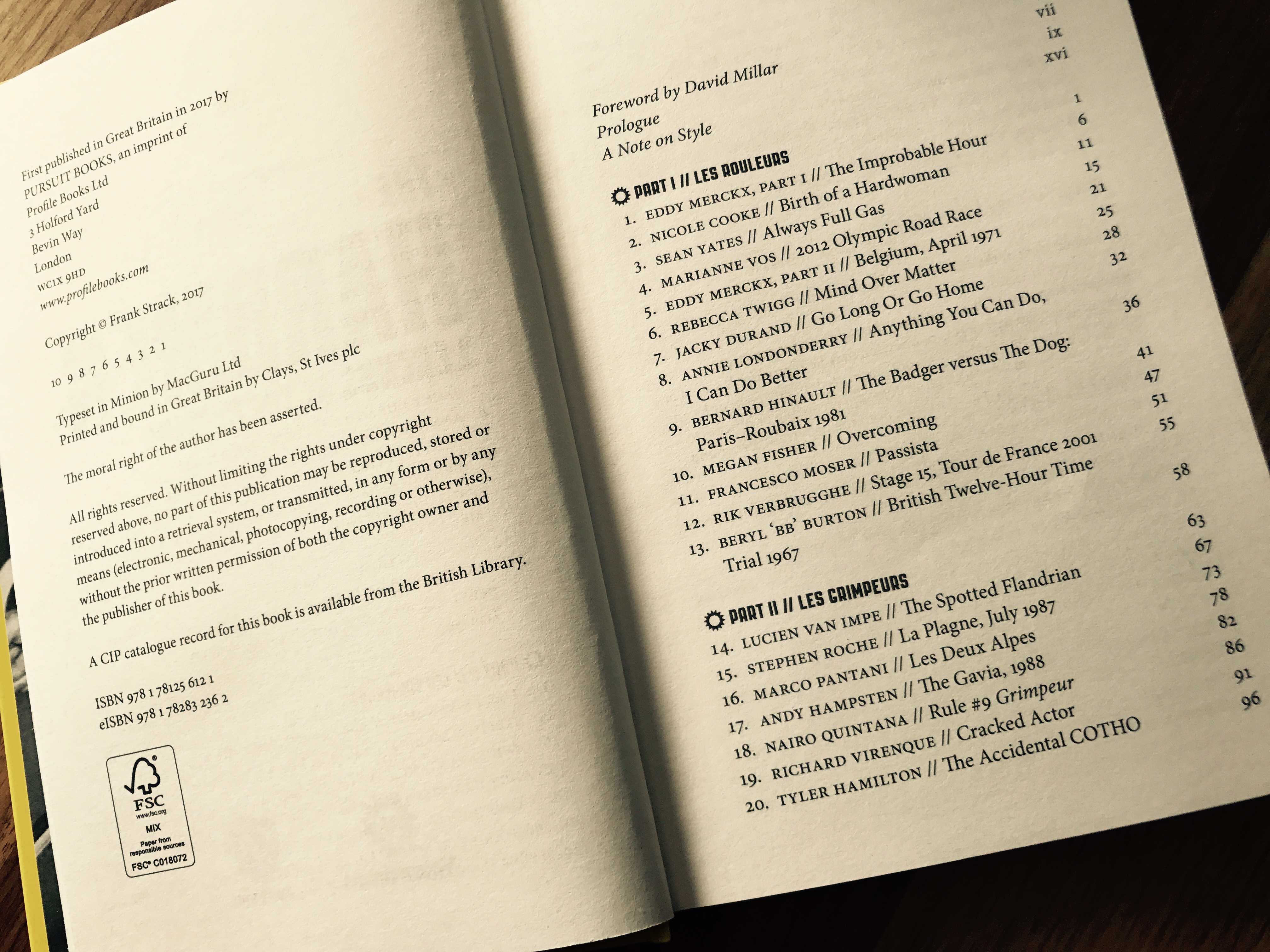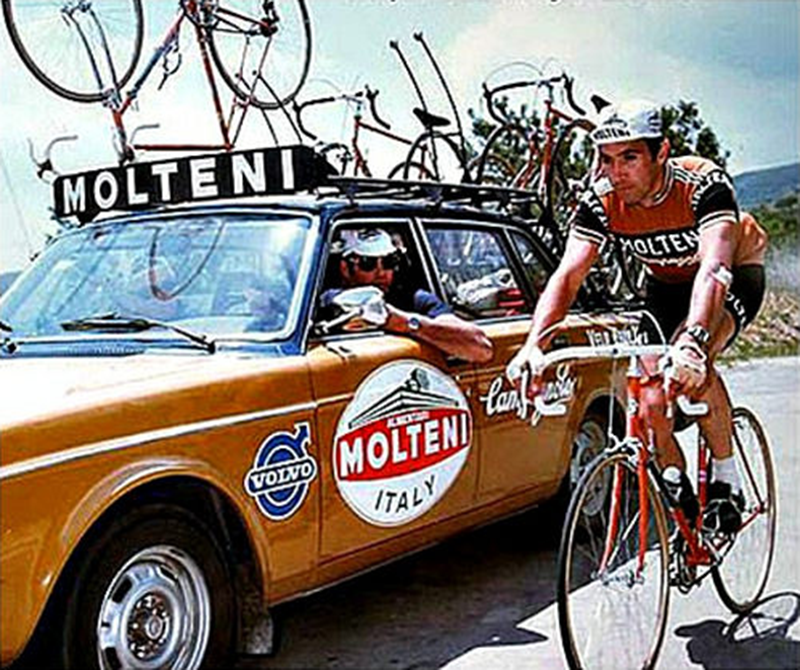Les Choix

I’ve never been able to decide if choices are a gift or a curse; a lack of choices introduces simplicity but also with it the risk that the simple choices do not meet the demands of a complex world. An abundance of similar choices, on the other hand, often reduces the impact of getting things a little bit wrong, but also decreases the thoughtfulness in decision making. Finally, having many divergent choices mostly just leads to a lot of planning and ultimately indecision, assuming my experience in Corporate America is anything to go by.
These days, we tend to ride bicycles with 10 or 11 speed clusters made up of sprockets that are closely matched to their neighbors. This development removes the rider somewhat from the art of gear selection, a fact carried further by bar-mounted shifters; as gradients increase and decrease, we glide from gear to gear maintaining our cadence with hardly any consideration given to the ratios hard at work for us. It is a beautiful freedom to ride like this, but it is also another degree of separation between rider and machine.
I recently read an interview with Sean Kelly, who was discussing his defeat at the hands of Greg Lemond during the 1989 World Championship Road Race. With only seven sprockets at his disposal over a route slightly too hilly for a rider of his ilk, he was faced with a difficult choice: spare the legs on the climb with a 25T at the bottom end, or hamper his sprint with a 13T at the top end.
Kelly faced a tough decision: mount a gear that would carry him over the climb to contend the finale with the handicap of a 13T, or overload the cannons on too big a gear for the climb and never have the chance to go for the win in the first place. He deliberated over the decision while training on the course and finally decided for the low gear. Kelly made it over the climbs to contest the sprint, but his 53×13 was hopelessly outmatched by LeMan’s monster 54×12.
More recently, the Cycling world was aflutter about Tony Martin’s choice to ride a 58T front chain ring during a time trail. This wasn’t a display of bravado but rather a highly refined choice of chain line: knowing the speeds he wanted to ride, he chose his big ring in such a size that would provide the straightest chain line in the gear he’d be riding in during the majority of the race. The result was less friction, and a Tour de France stage win under his belt.
There is an art to gear and cluster choice that is nearly lost with today’s expanding sprocket ranges, but it remains within our grasp if only we are willing to seek it out. Don’t settle for knowing the maximum and minimum size gears in your block; know exactly which gears you have across the board, and understand what sizes you’ll be missing and gaining when switching between 11-23, 12-25 and 13-26 – there is more to it than just taking one off one end and slapping it on the other.
It might not make any material difference to your Cycling, but it will show the quality of your character.

